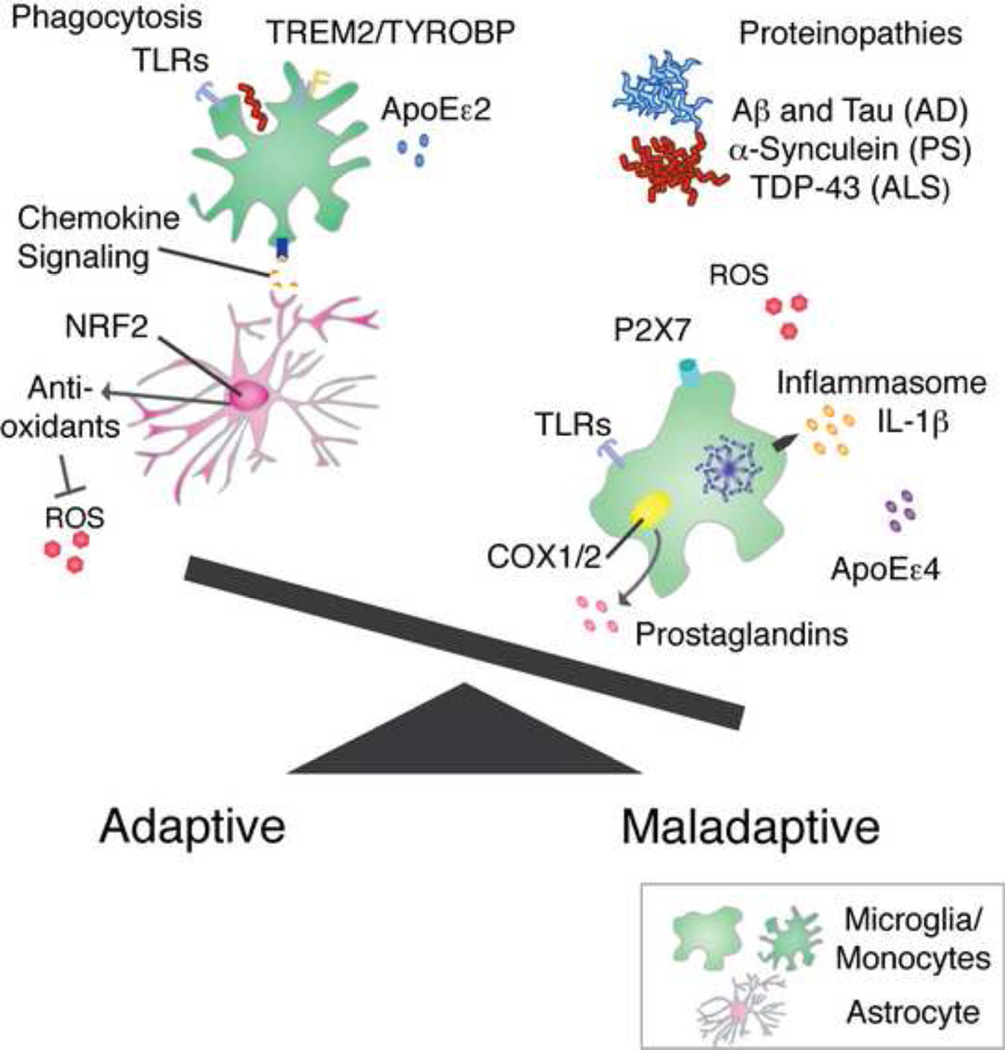Figure 2. Microglial phenotype is a major determinant of adaptive vs. maladaptive inflammation in neurodegenerative disorders.
Once neurodegenerative disease has been diagnosed, the scale has already been tipped towards maladaptive immunity for a significant amount of time. Specifically, protein aggregates have become established and a pro-inflammatory/pro-neurotoxic microglial phenotype predominates. This phenotype is characterized by ROS production, inflammasome activation and secretion of IL-1β, COX1/2 mediated prostaglandins, activation of P2×7 and TLRs by DAMPs, and immune modulation by ApoEε4 in carriers. Adaptive and beneficial microglial/monocyte phenotypes are pro-phagocytic and are accompanied by signaling by astrocytes (i.e. CXCR2/IL-8 or other chemokines in microglia or CCR2/CCL2 in peripheral monocytes), activation of TREM2/TYROBP and TLRs in a pro-phagocytic manner, reduction of ROS by NRF2 target genes, and immune modulation by the protective ApoEε2 allele in carriers.

